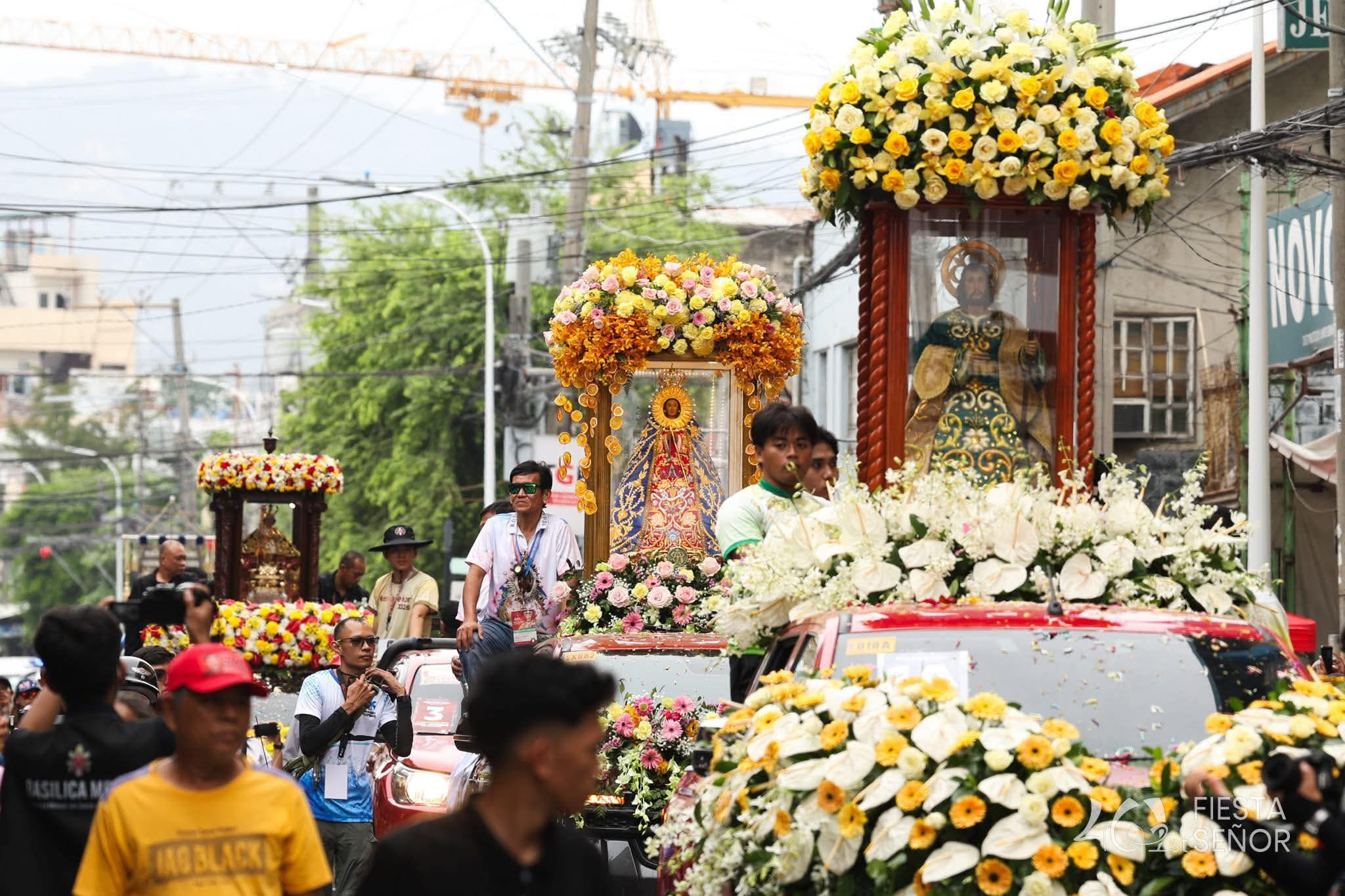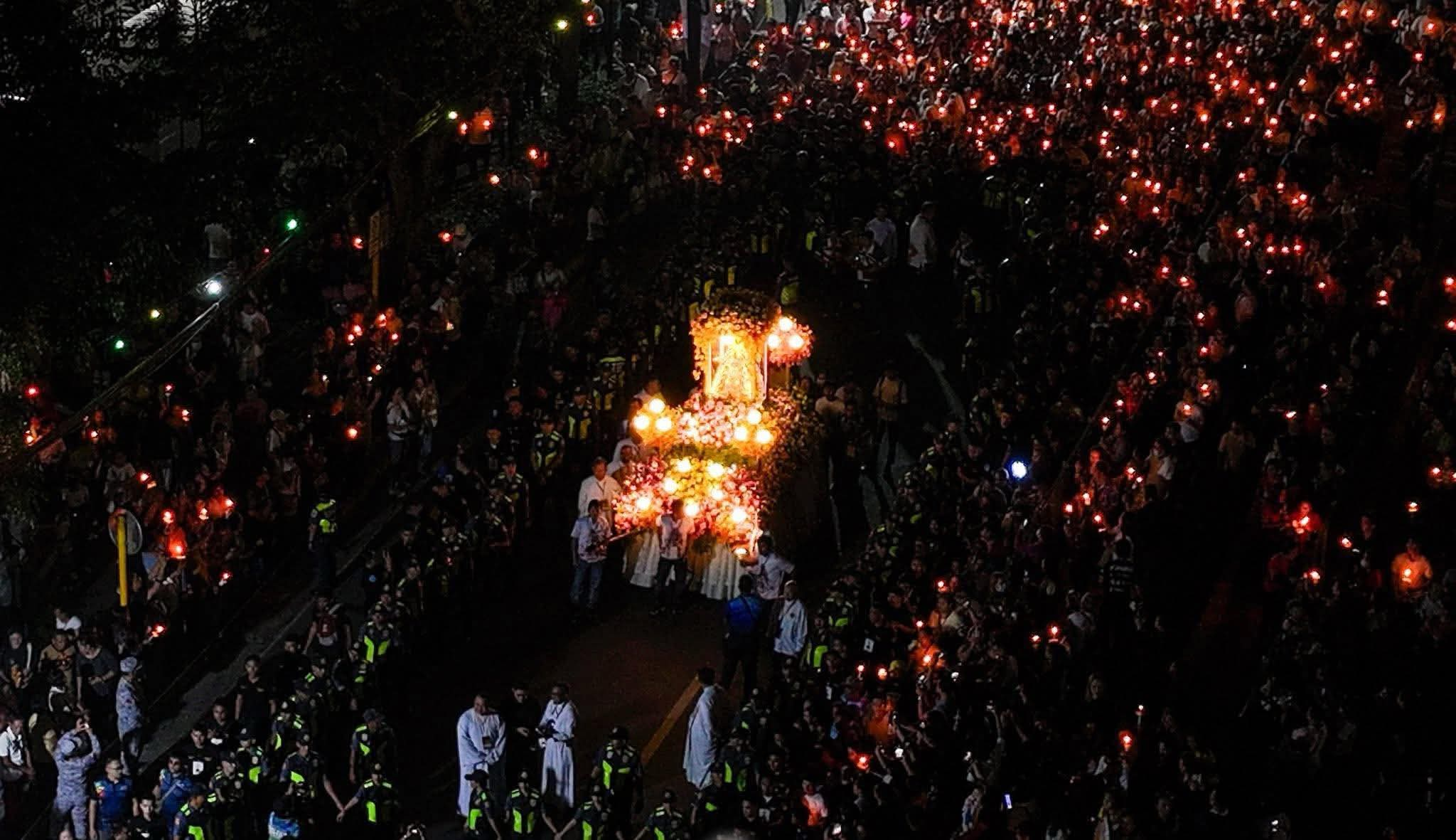If you want to know Cebu’s rich history here are the famous historical landmarks you should explore:

Magellan’s Cross.
Located in the heart of Cebu City, Magellan’s Cross is more than just a symbol; it represents the dawn of Christianity in the Philippines. Planted by Portuguese explorer Ferdinand Magellan in 1521, this cross stands as a testament to the beginning of a cultural and religious transformation in the country. Visitors can marvel at the intricate paintings on the ceiling of the shrine, depicting the momentous event of the first Catholic mass in the Philippines.
A must-do is to light a candle and say a prayer, a tradition upheld by many locals who believe it brings blessings.

Fort San Pedro.
Fort San Pedro, the oldest fort in the Philippines, offers a unique glimpse into the country’s colonial past. Established by the Spanish in 1565, this triangular fortress served as a military defense structure. Today, it houses a museum showcasing well-preserved artifacts, including old photographs, documents, and Spanish-era weapons. As you stroll through the gardens and climb the stone walls, you can imagine the soldiers who once guarded Cebu from invaders.
Don’t miss the chance to take a guided tour, which provides deeper insights into its historical significance.

Basilica Minore del Sto. Niño.
The Basilica Minore del Sto. Niño, the oldest Roman Catholic church in the Philippines, holds the revered image of the Santo Niño de Cebú. This church is not just a religious site but also a cultural treasure, where the faithful come to honor the Santo Niño. The grandeur of the basilica’s architecture is a sight to behold, with its centuries-old facade and solemn interior.
When visiting, make sure to attend a mass or participate in the novena prayers, which offer a profound spiritual experience in this historic sanctuary.

Simala Shrine.
Located in the hills of Sibonga, Simala Shrine is known for its miraculous stories and grandiose architecture that attracts pilgrims from all over the country. This castle-like church, built by Marian monks, is dedicated to the Virgin Mary. Its striking design, with towering spires and detailed sculptures, creates a serene and spiritual atmosphere.
One must climb the stairs to the shrine and light a candle while making a wish, a tradition believed to grant miracles.

Cebu Taoist Temple
Perched on a hill in Beverly Hills Subdivision, the Cebu Taoist Temple offers a peaceful retreat with a panoramic view of the city. Built by the Chinese community in 1972, the temple is a place of worship and reflection for Taoists. The architecture is a blend of traditional Chinese and Filipino elements, with its dragon statues, pagodas, and ornate designs. Visitors can walk through the prayer rooms and learn about the ancient rituals, such as dropping the “kau cim” sticks to seek guidance.
The serene environment and lush gardens make it an ideal spot for quiet contemplation.
Have we missed any must-visit spots? Feel free to share your favorite historical, cultural, or hidden gems in Cebu in the comments below!












